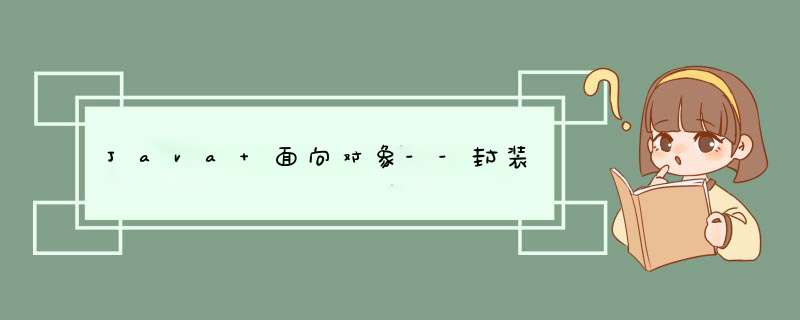
- 封装:可以看做是一个保护屏障 防止该类的代码和数据被外部类定义的代码随机访问
封装优点:减少耦合 类的内部结构可以自由修改 可以对成员变量进行更精确控制
实例 隐藏电话号码
public class Encapsulation {
private String phoneNumber;
public Encapsulation(){
}
public Encapsulation(String phoneNumber) {
this.phoneNumber = phoneNumber;
}
public String getPhoneNumber() {
if (phoneNumber == null) {
return null;
}
return phoneNumber.substring(0,3) + "****" + phoneNumber.substring(7);
}
public void setPhoneNumber(String phoneNumber) {
this.phoneNumber = phoneNumber;
}
}- 自动装箱与自动拆箱: 包装类对象---->基本数据类型 拆箱 基本数据类型----->包装类对象 装箱 现在是自动装开箱
public class Wraper {
public static void main(String[] args) {
// 数据类型对应的类
// Byte byte
// Short short
// Integer int
// Long long
// Double double
// Float float
// Character char
// Boolean boolean
Integer a = 10;
int b = a;
Integer e = 127;
Integer f = 127;
Integer g = 128;
Integer h = 128;
int aa = 127;
int bb = 127;
int cc = 128;
int dd = 128;
System.out.println(aa == bb);
System.out.println(cc == dd);
System.out.println(e == f);
System.out.println(g == h);
//128 超出了int 的缓存 int缓存大小是 -128到+127 超过缓存后会自己创建对象
}
}
欢迎分享,转载请注明来源:内存溢出

 微信扫一扫
微信扫一扫
 支付宝扫一扫
支付宝扫一扫
评论列表(0条)